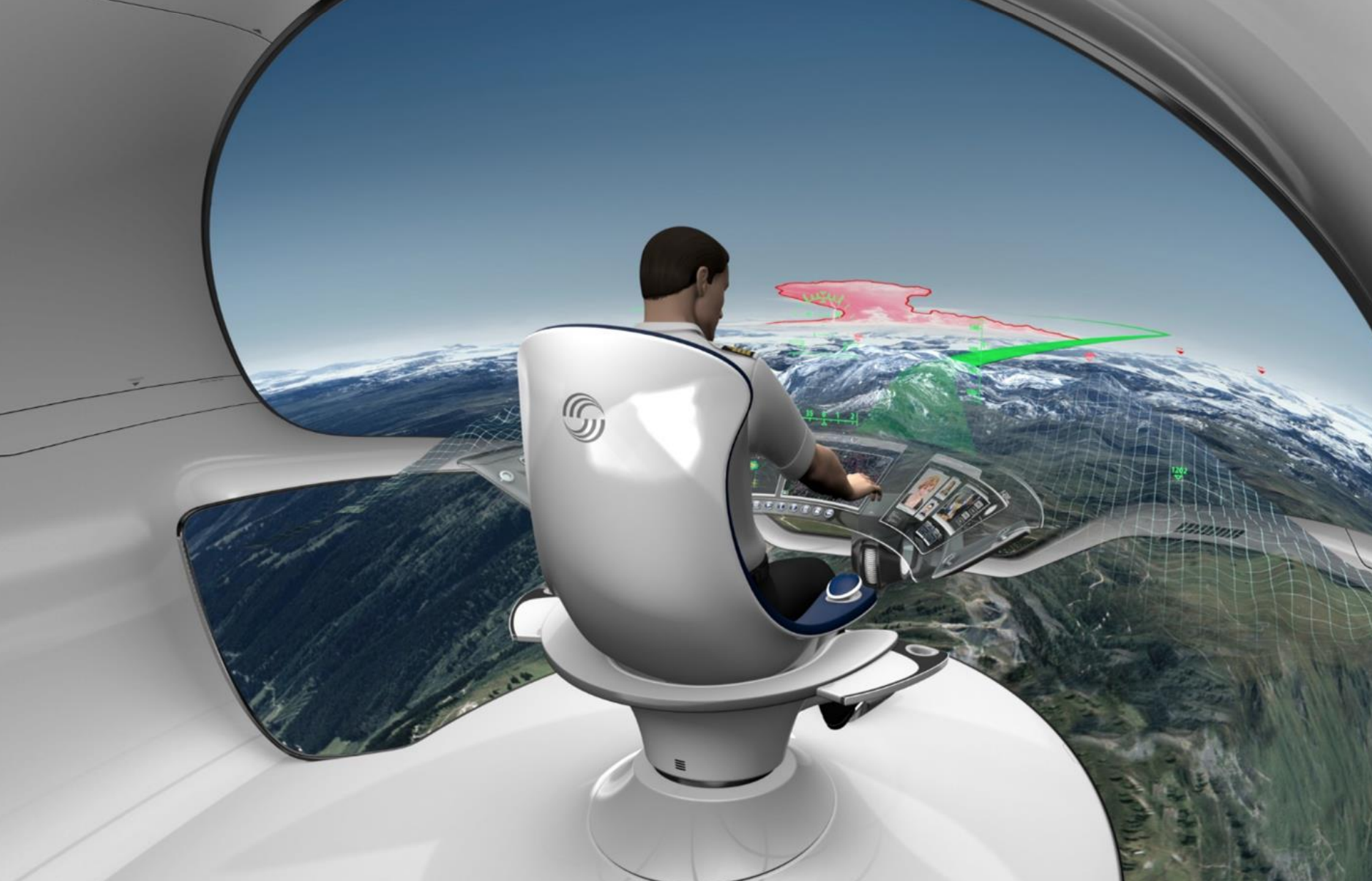
single pilot deck
There’s been a flurry of news about single-pilot flight ops. The thinking has been we are going first to see this with freighters. Turns out the USAF may have been first. Are single pilot ops an attempt to solve the pilot shortage?
Even the USAF is suffering from a pilot shortage and, late in October, conducted two flights testing out ideas.
Now ICAO is being approached about this. This follows studies at EASA on the subject.
It is no surprise that pilots don’t like this thinking at all. Pilots will come at this from a safety point of view. As they did with the 1,500-hour rule that has stymied new commercial pilots from entering the profession. As noted, the 1,500-hour has almost no data to support it. A more cynical view of pilots’ reaction to single-pilot flight ops might be they don’t want to see a pilot shortage possibly halved. That would be great for everyone, but not professional pilots. The correct procedure is to study the issue and base a decision on data and evidence.
Predictably stories will be rehashed – AF447, for example. That flight crashed with three pilots. According to the Federal Aviation Administration, human error is the leading cause of both commercial airline crashes and general aircraft accidents. There are exceptions, but aviation safety cannot focus on exceptions.
In the General Aviation arena, there are safety systems to autoland the aircraft in an emergency. Cirrus has a parachute (CAPS); here is a video of it in action. As of 21 September 2021, CAPS had been activated 126 times, 107 of which saw successful parachute deployment. In those successful deployments, there were 220 survivors and one fatality. This is an impressive record.
Single pilot flights in the commercial market will take some getting used to. Especially on passenger flights. On such flights, passengers only ever see one pilot at a time. There are always two people on the flight deck. Regulations require it today, and if a change is to be made, the FAA and its counterpart regulatory agencies internationally will need to modify those regulations.
Commercial aviation has seen new technologies deployed from its inception. Flight crews used to be four people (pilot, copilot, flight engineer, navigator), then three people (no navigator) and now there are two. The Navigator and Engineer’s jobs were successfully automated. Engines have never been more reliable than they are today. That is progress and it can’t be stopped.
Drones are deployed in one part of the world and operated remotely from half a world away in real time. Not only that, but these drones can undertake precise military strikes. We are focusing on the relentless march of improving aviation technology, not the ethics of drone strikes. Were a pilot to have a heart attack (which does happen, albeit rarely) a flight monitored in a control center could be taken over by a remote pilot and landed at the nearest airfield. The autoland system on today’s aircraft, including the Cirrus Jet and TBM 960 turboprop do the same, but still need somebody to press the go button in the event of pilot incapacitation, easier to reach in a general aviation aircraft.
In short, technologies exist today that enable aircraft to be flown remotely. A single pilot will have access to all this technology as a support system and backup. Hurdles will be thrown up by interested parties to hamper the march of technology. But the bottom line is that there are ways to move forward, benefiting from these technologies, that do not put passengers at additional risk and may, in fact, reduce risk.
As seen in the rapidly emerging eVTOL urban mobility segment, pilotless flight is coming. Among larger commercial aircraft deploying single-pilot operations on freighters should not be an insurmountable hurdle. Give that market a few years to prove the efficacy of the technologies and migrate the technologies into commercial passenger flights.
This is not a path nearly as threatening as it is being made out to be. Are single pilot operations an attempt to solve the pilot shortage? No, but leveraging that technology will certainly help alleviate it. The airlines will love it from a cost savings standpoint, which can be passed on to passengers. Unless your job is being threatened, it appears that technology will once again provide workable solutions to seemingly unsolvable problems. We’ve seen automation replace many jobs in manufacturing. Pilots could be next in line.
Views: 34





Well said!
For sure, but this study doesn’t mention the ways previously where the men had to save the aircraft.
The expertise of a direct view of the situation.
Of course, automation is a real fact for the military.
We didn’t mention the exceptional solar eruptions influencing electronics, the cyber-attacks, and so on